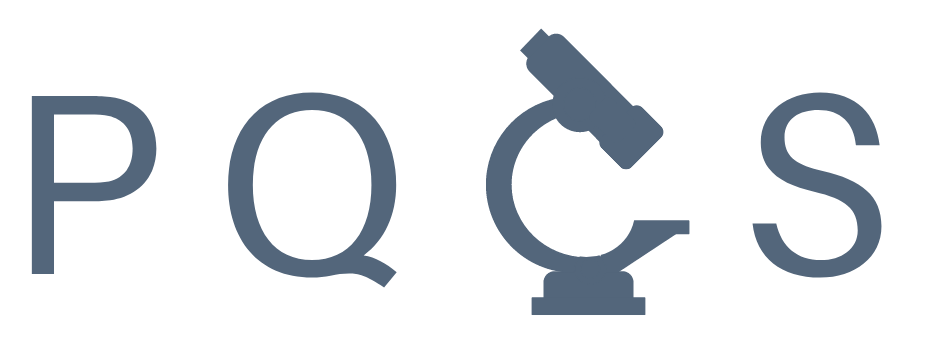How to Survive an Audit (Assessment) & Make Best Use of your LIMS
by PQC-S President Eddie Clemons, and Robert Benz of HORIZON Lab Systems
The one stressor that gives all laboratories anxiety is the infamous audit. Whether quality systems, compliance or data evaluation, we, the people involved in the audit process, are in a constant state of flux, before, during and after the assessment; especially when a notice of finding is submitted with major findings. With a combined total of overs sixty years of experience in and around the laboratory community, we’ll share a few thoughts to reduce the stress associated with audit.
1.Understanding the standard or document you are being assessed against.
Success in an audit begins with a clear understanding and implementation of the document/standard the facility is being assessed against. Quality assurance personnel trained in the use and implementation of the standard, a quality consultant, a third-party training course and peer review groups all assist in providing personnel with knowledge and implementation confidence. In addition, monthly, quarterly or annual internal audits provide the staff with knowledge and confidence in the results produced in addition to providing oversight.
The laboratory’s LIMS, like the laboratory itself, is assessed against the specific criteria under which that laboratory operates. The LIMS should ensure all quality control steps are followed throughout the process, SOPs and notes are readily available for the staff as required and all non-compliance and corrective action issues are noted and defensible. The LIMS ultimately can be a very useful tool in the auditing process provided it was set up with forethought with respect to how the laboratory should operate.
2. Doing your homework.
It is imperative that facility management understands who is performing the assessment. One of the keys to a productive audit is the competence of the auditor. Auditors can provide valuable insight with respect to implementation of a standard. The facility should invest time in ensuring the assessment body provides someone competent in your subject matter. Anyone who has been through multiple audits can always name their favorite and least favorite auditors. It is not always the auditor with the least findings that was the favorite but the auditor who made the laboratory better; the auditor the laboratory learned from. Despite the stress, a good, tough audit by a fair and knowledgeable auditor is the audit where the laboratory, staff and systems all become better.
Having an effective quality system however named. Developing and implementing a quality system is no small feat, especially where analytical data is involved. Take the time necessary to develop a quality system that is implementable and internally auditable to the standard. Then, make sure the LIMS reflects that same quality system. On paper is great, properly put into the LIMS is best. It is no different than a great book unwritten. If the laboratory’s quality system is not effectively put in place, it might as well not exist.
3. Having third party data demonstrating method and/or SOP validation
Many audits are based on a particular requirement or need. The audit, and therefore the auditor, will naturally focus in on specific details. Internal auditors often have too inherent of knowledge of both the methods/SOPs and the staff to give truly unbiased assessments, no matter how honest the attempt. A true, third part validation can provide an unbiased, overall validation without artificial influences. It pays to catch deficiencies before a real problem arises. In doing so, a good outside auditor provides another set of eyes to ensure the LIMS is being properly utilized as is should be. Just like any instrument, the LIMS needs verification
Audits may be stressful; however, audits are critical to ensuring quality control and provide an outstanding medium on which to make a laboratory better. With careful internal and external couching, audits can become a way of simply demonstrating the excellence of your laboratory, from analyst to instrument to LIMS to SOPs.

